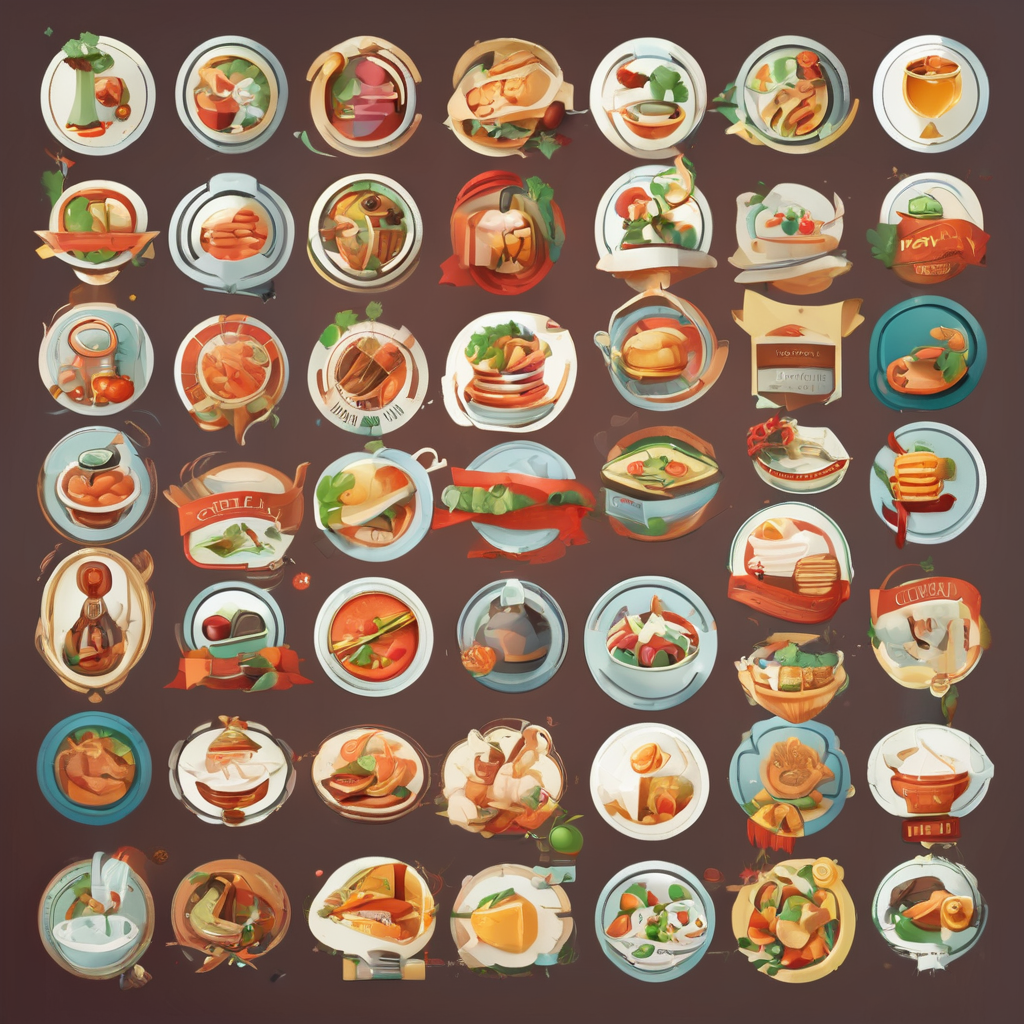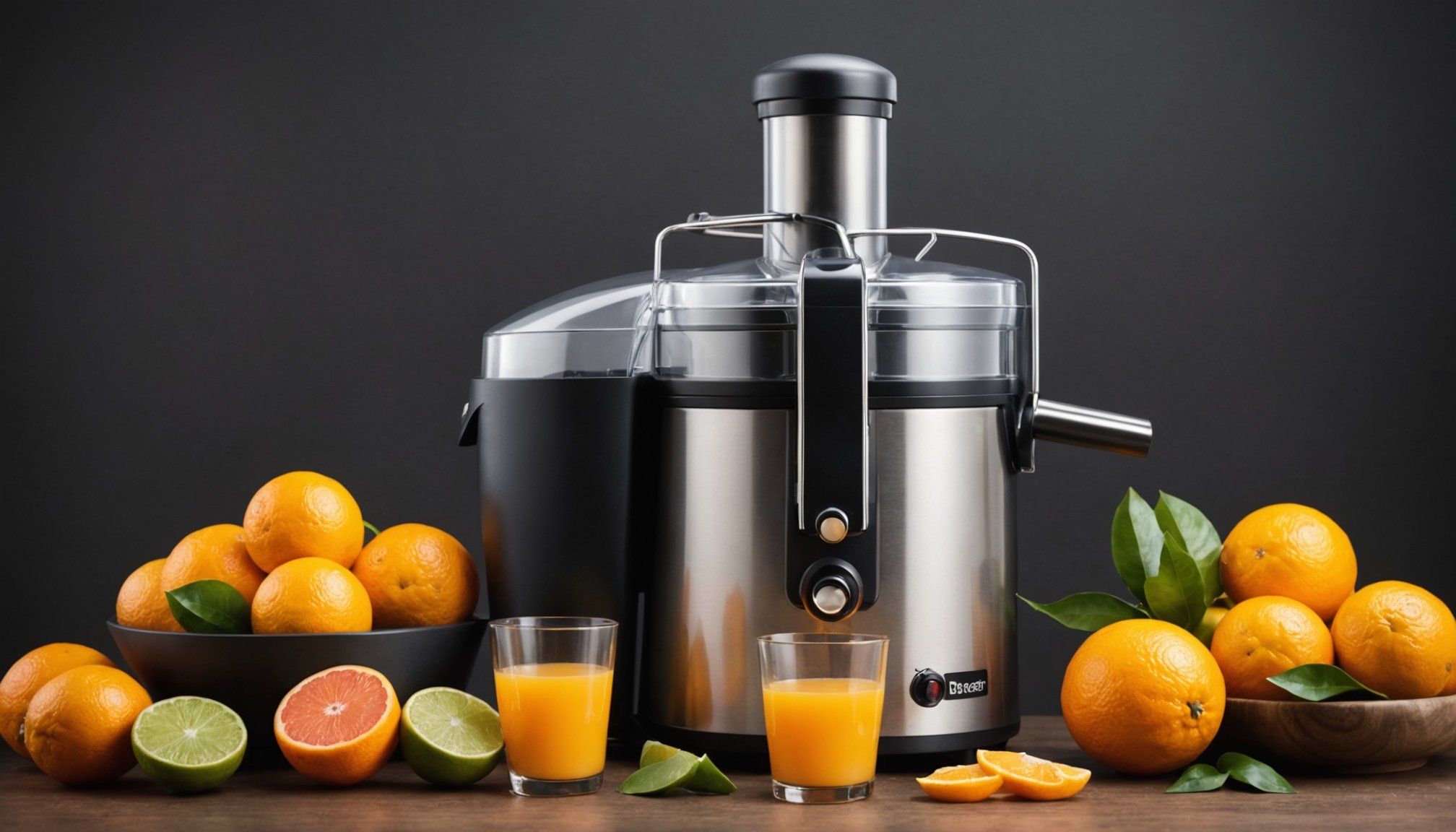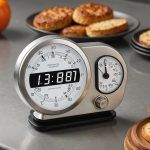Understanding Citrus Juicer Types
When delving into the world of juicer types, it’s crucial to understand the distinction between manual juicers and electric juicers. Each offers unique benefits and drawbacks that suit different juicing needs.
Manual juicers are simple, often compact devices that require physical effort to extract juice. They are best for individuals who appreciate a hands-on approach and value portability. A major advantage is their affordability and the ability to control the juicing process closely, reducing the chances of overheating. However, the main drawback is their limited efficiency with larger quantities.
Also to see : Ultimate guide to uv-resistant window coverings for sunlit south-facing kitchens
On the other hand, electric juicers are powered devices that ease the burden of juicing through automation. Ideal for those needing to juice in bulk, these juicers offer speed and efficiency. They often feature various settings, enhancing versatility. Yet, they tend to be more expensive and can be bulkier, requiring more counter space.
For those just starting or with minimal needs, manual juicers are recommended. For larger households or frequent users, the convenience of electric juicers is unmatched. Understanding these juicer types helps in making informed decisions tailored to personal preferences and lifestyle demands.
This might interest you : Key considerations for choosing the best electric knife sharpener for perfect precision
Material Quality and Durability
When selecting a juicer, it’s important to consider the juicer materials to ensure optimal juice quality and safety. The construction material plays a critical role in determining durability and the maintenance required over time.
Stainless Steel vs. Plastic Components
Juicers primarily incorporate stainless steel or plastic materials in their design. Stainless steel components are renowned for their robustness and resistance to corrosion, making them a long-lasting option. This material also contributes to maintaining the juice’s purity, as it does not react with acidic citrus juices, thereby preserving the flavor and nutrients.
On the other hand, plastic juicers tend to be lightweight and more affordable. However, ensuring the use of food-grade plastic is crucial to avoid chemical leaching, which can compromise juice quality. Plastic components may also be less durable, subjecting them to wear and tear over time.
Importance of Food-Grade Materials
Regardless of the chosen material, prioritizing food-grade components is essential. These materials are certified safe for food contact, reduce chemical contamination risks, and ensure the health and safety of the users. Additionally, they often provide better ease of cleaning, enhancing the overall user experience. Making informed choices about juicer materials can significantly impact product longevity and juice health benefits.
Extraction Method Analysis
Understanding the method of juice extraction is vital for those seeking top-quality results. Two primary techniques are used in juicers: cold press (masticating) and centrifugal methods.
The cold press method involves slowly crushing and pressing fruits, maintaining more nutrients and yielding a richer flavour. It’s ideal for those committed to health and quality, as it maximizes nutrient retention by avoiding heat. Known for its efficiency with leafy greens and soft fruits, the output is generally more vibrant and from a higher yield.
Conversely, centrifugal juicers operate at high speeds, using a sharp blade to shred the fruit, and then separating juice via centrifugal force. While faster and often more affordable, this method tends to incorporate more air, potentially losing some nutrients and causing quicker oxidation. The ideal choice for people seeking quick and convenient juicing of harder fruits and vegetables without prioritising maximum nutrition.
For those interested in nutrient-rich juice and not in a rush, cold press juicers are ideal. If speed and simplicity are key, a centrifugal juicer is favorable. Balancing personal health goals against convenience will guide the right decision in juice extraction.
Ease of Use and User Experience
When selecting a juicer, juicer usability is a critical factor. A user-friendly design can transform a daunting task into a pleasant experience, enhancing everyday convenience.
Importance of Ergonomic Design
Ergonomic designs ensure that juicers are comfortable and straightforward to use, minimising strain from repetitive actions. Features such as non-slip bases and easy-grip handles contribute significantly to the overall functionality and user comfort. An ergonomic juicer not only promotes efficiency but also reduces the risk of fatigue and injury during regular use.
Essential Features Enhancing Usability
Several features can dramatically improve a user’s experience, including:
- Automatic pulp ejection for continuous use without clogging.
- Adjustable speed settings allowing for tailored juicing of different citrus fruits and vegetables.
- Easy assembly and disassembly for simplified maintenance and cleaning.
Exploring models equipped with these elements can make the juicing process less cumbersome and faster, enhancing enjoyment and repeat usage.
User Feedback and Ratings on Ease of Use
Customer feedback often highlights ease of use as a pivotal aspect when evaluating juicers. Positive reviews frequently mention intuitive controls, quick setup, and minimal cleanup. These insights play a vital role in helping prospective buyers choose a device that aligns with their lifestyle needs.
Maintenance and Cleaning Considerations
Ensuring proper juicer maintenance is essential for longevity and optimal performance. Maintaining a juicer involves regular cleaning and checking for wear on components to prevent degradation. Consistent maintenance can significantly extend the life of the device and sustain juice quality.
Recommended Maintenance Practices
To preserve your juicer’s functionality, it’s important to adhere to a few best practices. Regularly inspecting and cleaning the juicer after each use prevents residue buildup, which can affect performance and taste. Lubricate moving parts if recommended by the manufacturer. Frequently check for wear on blades or motors in electric juicers.
Cleaning Ease
Cleaning ease varies between juicer types. Manual juicers generally require less effort, with fewer components to disassemble and wash. Electric versions, especially those with more complex mechanisms, might need more thorough cleaning. Opting for models with dishwasher-safe parts can streamline this process.
Tips for Minimising Cleaning Time
To reduce cleaning time, rinse the juicer components immediately after use. This prevents pulp and juice from hardening. Using dedicated brushes can ease the cleaning of hard-to-reach areas. Keeping a regular cleaning schedule not only prolongs the juicer’s lifespan but also ensures delicious and hygienic juice every time.
Expert Tips for Maximizing Juice Quality
Enhancing juice quality involves following expert insights and avoiding common mistakes. Professionals suggest using fresh, ripe fruits for the best flavour and nutrient retention. This ensures that the juice extracted is vibrant, aromatic, and packed with nutrition.
Expert Recommendations
Experts recommend maintaining a consistent juicing technique to optimize flavor and yield. Adjusting pressure or speed can impact extraction efficiency, particularly with manual juicers. Testing and adapting different speeds and pressures for various citrus fruits will produce better results.
Enhancing Extraction and Flavour
One technique is to pre-warm fruit slightly, which can increase juice yield by loosening fibres. Additionally, combining different citrus types can create a more complex flavour profile, offering a refreshing mixture of sweet, sour, and tangy notes.
Common Mistakes to Avoid
Avoid overloading the juicer with too many fruits at once; this can strain the device and affect performance. Frequent cleaning of juicer components is vital, as residue build-up can alter taste and degrade juice quality over time. Staying diligent with these practices can significantly enhance your juicing experience and maintain the integrity of the beverage produced.
Comparative Review of Popular Citrus Juicers
In the vibrant market of juicer reviews, distinguishing between models requires a thorough comparison. Juicer types range widely, enticing enthusiasts with distinct features catering to different needs.
Evaluation Criteria
Understanding essential criteria is vital for evaluating citrus juicers. Prioritize juice extraction methods, such as cold press for nutrient retention or centrifugal for speed. Consider material quality, like stainless steel for durability or plastic for cost-effectiveness. Juicer usability impacts user experience, with ergonomic features enhancing convenience.
Top Picks Overview
Top-rated models often shine in product comparisons due to their innovative features. In assessing manual juicers, look for those excelling in simplicity and portability. Meanwhile, standout electric juicers boast versatility and efficiency, ideal for those needing quick, large-scale juicing.
In-Depth Reviews of Selected Models
Reviewing specific models involves unpacking features, balancing pros and cons. Some excel in longevity and reliability, while others might prioritize ease of use. Price versus performance is key—higher cost doesn’t always equate to better results.
User reviews frequently highlight ease and functionality, guiding prospective buyers with authentic insights. Expert recommendations provide further assurance, ensuring choices align with individual requirements and lifestyle preferences.











